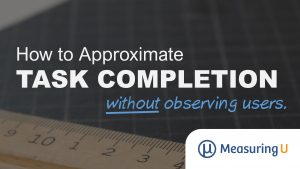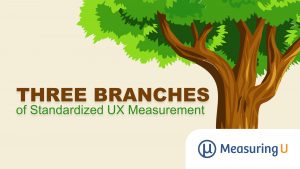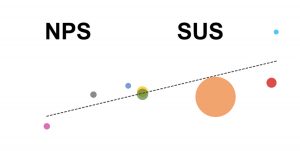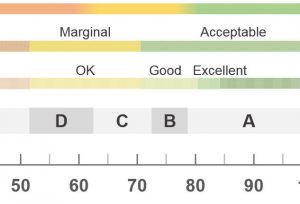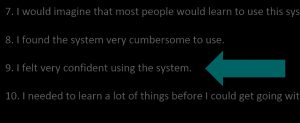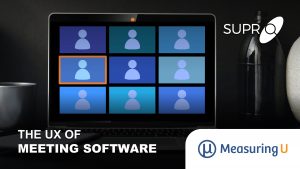
The User Experience of Meeting Software
If you’ve had a meeting recently it was probably a virtual meeting. The use of online meeting software with integrated video and screen sharing capabilities, such as Zoom and Google Hangouts, has been growing for years. To say the usage has now skyrocketed is probably an understatement. Online meetings are ubiquitous in business and are
